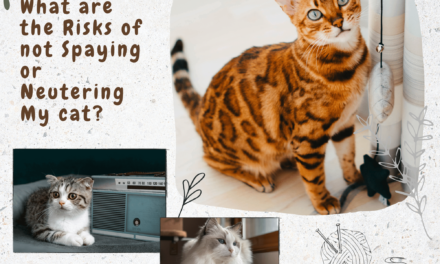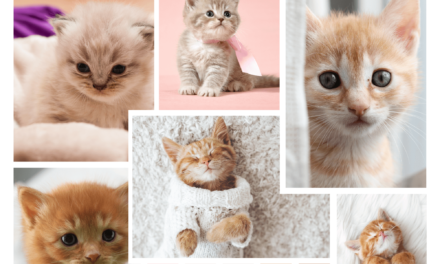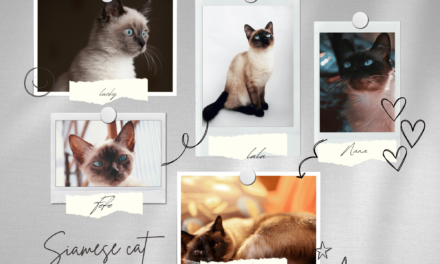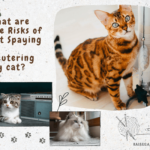Diarrhea in cats can be a frustrating thing for pet owners to deal with. Thankfully, there are several things you can do to get your cat feeling better quickly.
The first step is to be familiar with the signs of diarrhea in cats. Once you understand the problem, you can take action to ensure your pet gets the help they need.
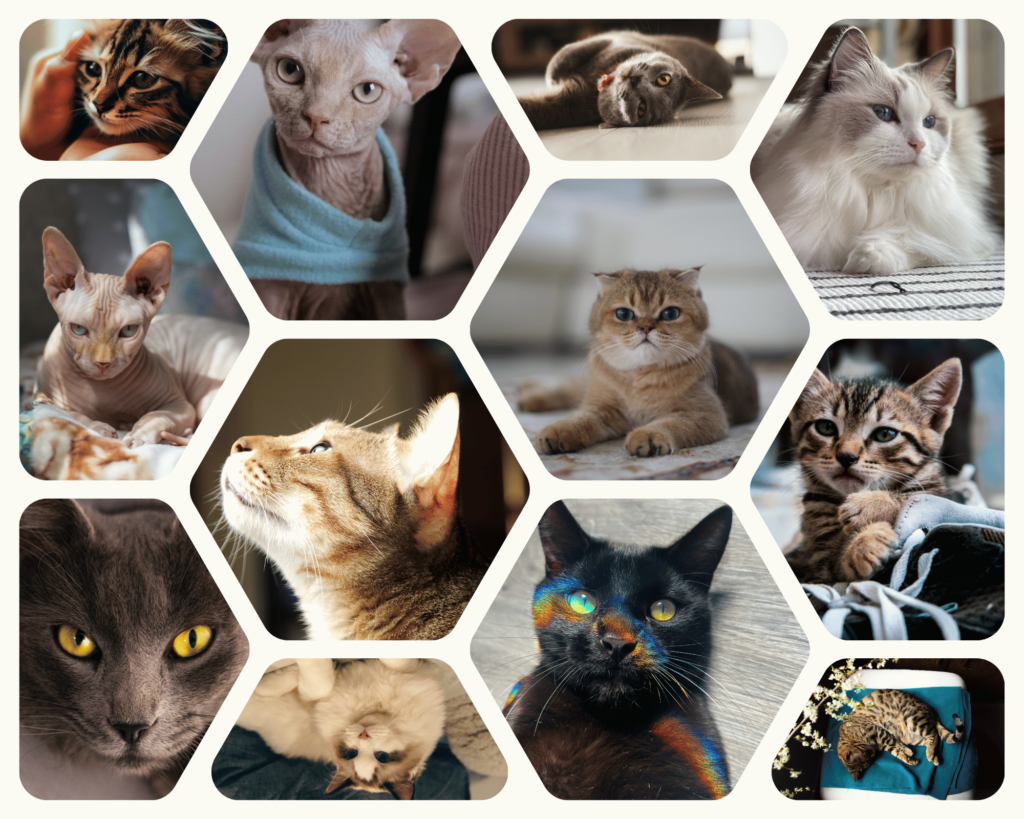
Yellow, bloody, coated in mucus, or accompanied by vomiting.
If you have ever noticed your cat has vomit and diarrhea, you might wonder what has caused it. Vomiting and diarrhea are common among cats and can happen for various reasons. However, when they occur, they can cause a health crisis.
When you think your cat is suffering from an upset stomach, take them to the vet. The veterinarian can perform several tests to determine the cause of the problem. A vet can also prescribe medications to help your pet feel better.
Diarrhea can be caused by various illnesses. By ingesting poisonous plants, the cats will have an infection. Some of the most common causes are parasites and viruses. In addition, a cat’s diet can play a role.
Cats may be allergic to certain foods, such as corn and wheat. They can also be allergic to other ingredients in their food. Eating unfamiliar foods can be intimidating.
Next, infections can also cause cat diarrhea. These diseases include bile acid diarrhea, which results in foul-smelling stools. Bile is an acidic substance that helps the body fail food.
If your cat continues vomiting and diarrhea, take them to the vet. A vet can diagnose a variety of gastrointestinal problems, including parasites. The most common type of diarrhea is associated with abdominal pain. Taking your cat to a vet for this condition can help to prevent dehydration and other dangerous complications.
Blood in the feces can show a digestive tract problem. Fecal blood is often darker than a routine fecal smear. It will look like red, brown, or black undigested blood streaks.
Bloody diarrhea can also signify a colon or small intestinal disease. It can appear as black, brown, or pink drops in the feces.
Bloody diarrhea can also be accompanied by vomiting and lethargy. Depending on what your cat ate, the diarrhea could be severe. To treat this gastrointestinal problem, your vet can recommend fluids and medication.
Diarrhea in cats can be a sign of disease.
Watching for signs is one of the best ways to determine if your cat is ill. Some signs may be subtle, while others may be more noticeable. If you notice a change in your cat’s behaviour, visit a veterinarian.
Some common cat illnesses include inflammatory bowel disease, urinary tract infection, and diabetes. These are severe conditions that may require urgent care.
Bad breath in a cat can be caused by periodontal disease or tooth decay. It can also be an indicator of an oral infection. This condition can cause pain and lead to problems with other organs, such as the heart.
A sudden increase in appetite is also a sign of a cat health problem. Intestinal cancer, hyperthyroidism, and diabetes mellitus can all affect a cat’s appetite.
Constipation is another common issue in cats. This problem can cause abdominal pain, lethargy, and vomiting. Cats with kidney or liver diseases often suffer from this condition.
Breathing problems are also a telltale sign of an underlying illness. Infections in the throat, nose, and sinuses can cause breathing difficulties.
Cats have an innate ability to hide symptoms of illness. Therefore, they are more hesitant to socialize when they are feeling unwell. They may also refuse to eat, showing a health problem.
Other signs your cat is ill include a dull coat, increased shedding, and decreased sociability. Your cat may even become aggressive when it is not feeling well.
Another sign of an underlying illness is a change in your cat’s litter box habits. Litter boxes can show bladder stones, urinary tract infections, and kidney or liver diseases.
Having your cat examined by a veterinarian is the best way to identify a severe health problem. The veterinarian will investigate the symptoms, order tests, and recommend medication to help your pet heal.
A cat that refuses to eat is never a good thing. There are various causes, including oral infection, foreign body ingestion, and cancer.
Can be improved by adding fiber and prebiotics.
Adding fiber and prebiotics to a cat’s diet can help to improve digestion and increase GI transit time. These supplements promote regular bowel movements, increase immunity, and reduce GI upset.
Besides helping to relieve constipation, adding fiber and prebiotics to a cat’s food can also treat diarrhea. Fiber helps with stool movement.
Using fiber and prebiotics to treat diarrhea in cats depends on the underlying cause of the problem. It is essential to discuss the condition with a veterinarian. They can diagnose the problem and suggest treatments. A vet may recommend changing the cat’s diet to one rich in complex carbohydrates. Another option is to feed the cat a lower-fat diet.
Changing the cat’s diet can be a gradual process. Start by feeding it plain, bland food for a few days. You can also begin by feeding it in small amounts four to eight times daily. This slow transition helps the digestive system adjust to the change.
If the cat is experiencing chronic diarrhea, your vet may recommend a particular meal plan. They suggest low-fat diet and food rich in digestible complex carbohydrates.
Adding fiber and prebiotics to your cat’s diet can be an effective and inexpensive solution. Fiber helps a cat feel fuller longer and allows it to consume fewer calories. This supplement can reduce the risk of diarrhea and constipation with proper dosing.
Fiber and prebiotics also contribute to a balanced microbiome. These substances are natural and found in foods. Many cat foods contain a healthy mix of soluble and insoluble fiber. Some foods have more soluble fiber than others. Get your vet’s advice whether you should switch to a unique brand.
Although there are no known side effects from fiber and prebiotics, it is crucial to remember that too much of a good thing can be harmful as well. Choose a high-quality, all-natural formula to ensure your cat receives the health benefits.
It can last several weeks or months.
Several common infectious diseases can affect cats. Cats can get a range of illnesses, including cat flu, feline herpesvirus (FHV), toxoplasmosis, and cat scratch disease. The most common disease is cat flu, caused by a virus known as feline calicivirus.
Cats can also get toxoplasmosis by eating foods, or objects contaminated with the parasite. It is essential to keep your cat away from raw meat. Also, wear gloves when handling raw food. If you have an ill cat, keep them warm and check their ears regularly to catch any signs of the infection.
Another common disease is FCV, which is spread through contact with infected cats. This disease can cause severe viral pneumonia and may cause corneal ulceration, pharyngitis, and other health problems. In addition, it is also a risk factor for respiratory infections, especially in young cats.
While these conditions are not always severe, healing can take weeks or months. If your cat is uncomfortable while eating, has a poor sense of smell, or is coughing, it might need to be given analgesics. Keeping your cat warm and ensuring proper nutrition can also help with healing.
Symptoms of a cat scratch disease include a blister or bump and swollen lymph nodes. Cats are also at risk for secondary bacterial infections, which can contribute to rhinitis and lung infections.
If you have a new cat, you must protect them against the most common infectious diseases. It would be best to give your cat good nutritional and physical exercise.


